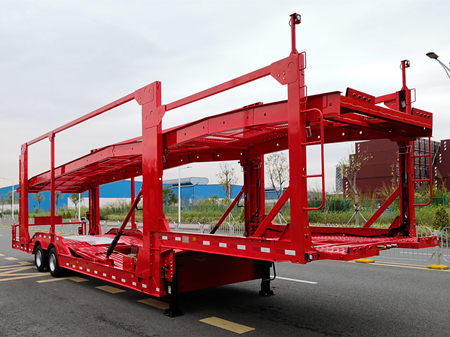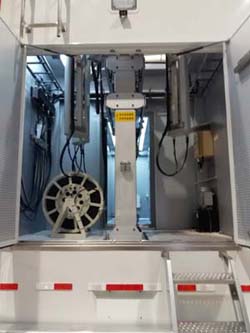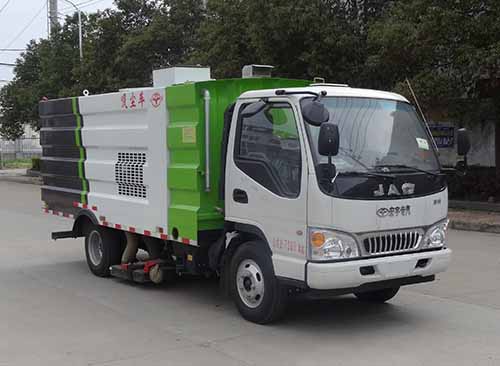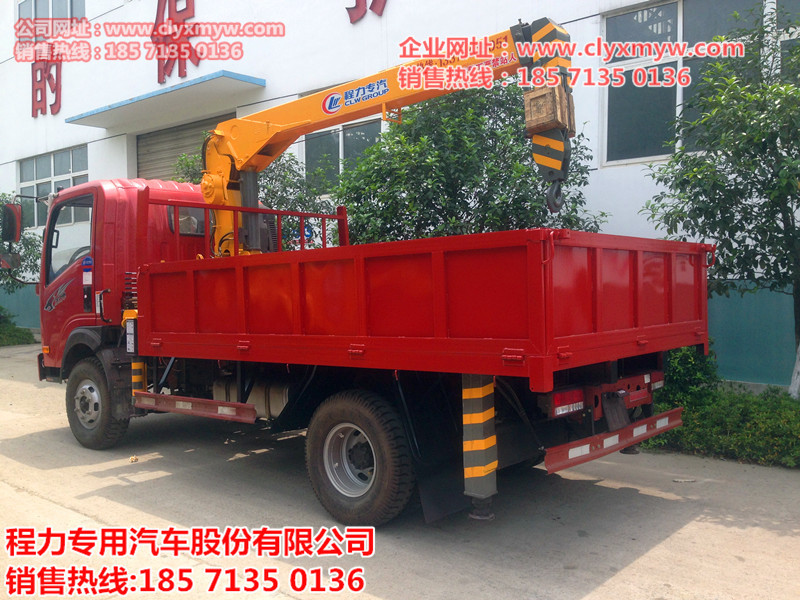特殊的英文字符
Special English Characters: Their Uses and Meanings
The English language is full of special characters that add meaning and nuance to written communication. From the humble comma to the bold exclamation point, each character has its own unique purpose and function. In this article, we'll explore some of the most common special English characters and their uses.
1. Ampersand (&)
The ampersand is a shorthand symbol for 'and' that is commonly used in business names, titles, and abbreviations. For example, 'Smith & Co.' or 'R&D' (research and development).
http://www.fjhawl.com/common/images/KfiTeJoIYQ_4.jpg
2. Asterisk (*)
The asterisk is used to indicate a footnote or to draw attention to a specific point. For example, 'Please see footnote * for more information.'
3. Ellipsis (…)
The ellipsis is a series of three dots used to indicate a pause or omission in a sentence. For example, 'I'm not sure if I should…' or 'The report states that….'
4. Em Dash (—)
The em dash is longer than a hyphen and is used to indicate a break in thought or emphasis. For example, 'She was about to tell him something important—something that would change everything.'
5. En Dash (–)
The en dash is slightly longer than a hyphen and is used to indicate a range or connection. For example, 'The meeting is scheduled for 2:00–3:30 pm' or 'The New York–Boston train.'
6. Parentheses ()
Parentheses are used to enclose additional information or clarification. For example, 'The company (which is based in New York) is expanding its operations.'
7. Quotation Marks (“ ”)
Quotation marks are used to indicate direct speech or a quote from another source. For example, 'He said, 'I'll be back tomorrow.'' or 'According to the article, 'The economy is expected to grow.''
8. Slash (/)
The slash is used to indicate a choice or alternative. For example, 'Would you like coffee/tea?' or 'Please see page 3/4 for more information.'
In conclusion, special characters play an important role in written communication. They enable us to convey meaning, emphasize points, and make our writing more effective. By using these special English characters correctly, we can enhance the clarity and impact of our written communication.

廣州 三星售后服務中心

成都美的豆漿機維修點

三菱空調 拆裝

三星note2手機主板芯片

創維32e200e 功耗

全自動洗衣機不上水

tcl-2102高壓包型號

方正電腦售后維修

上網本黑屏.高壓板

海信led46k360

天津市三星售后服務 分店

r600a制冷劑么牌子好

空調的靜眠是什么意思

美的130模塊機故障代碼p2

tcl播放電視時無畫面

成都帥康爐灶售后服務

海爾集團沈陽售后地址

手機電路維修視頻

電視機不開機指示燈亮

cq1265電源故障速查